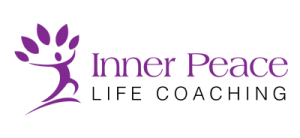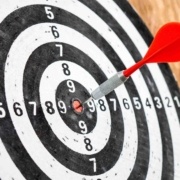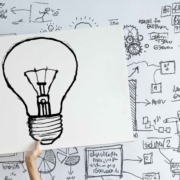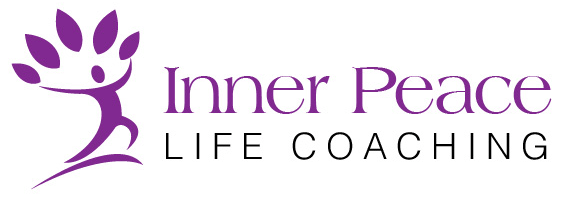Tips to Become Better at Solving Problems
Learn to identify problems and generate effective solutions. Discover different problem-solving skills and tools.
If I ask you, What do most people do when faced with a problem in life? You would probably reply either of the below-
- They can choose to adopt a victim mentality and let the problem control them.
- They may opt to avoid the conflict or challenge altogether.
- Alternatively, they can take action to change the situation.
- They can also modify their perspective of the experience.
- Finally, they have the option to accept the problem or challenge and find ways to cope with it
In my coaching practice, I conduct the ELI assessment, that helps you to understand how you handle conflicts most of the time and how does it differ when you are under stress or when things don’t go the way you intended.
Problem-solving is exactly what it sounds like–it is the intentional planning and execution of practical solutions to issues that come up in your life. No matter how hard you try to avoid them, problems will always pop up. Maybe the road you need to use to get to work for a meeting is unexpectedly closed. Or maybe the grocery store is out of an important ingredient you need to make dinner.
In psychology, problems are defined as difficulties that cause a person to ask questions that enrich their knowledge (Dostál, 2015). There are four basic steps to problem-solving according to this theory.
- Becoming Aware of the problem
Sometimes people can be unaware of the problems around them or their problematic behavior. The first step towards solving a problem is recognizing that it is there. - Perception of the problem
The next step in resolving an issue is perceiving the problem in the right way–meaning you recognize the situation or behavior as a problem. - Willingness to deal with the problem
Next, you have to be willing to deal with the problem. Some people are able to perceive the problems in their life but a variety of factors may cause them to be unwilling to do anything to change. - Willingness to solve the problem
After you feel willing to deal with the problem, you also need to be willing to do what needs to be done to resolve the issue. Knowing what needs to be done and following through with those actions are two very different steps. The solutions you are looking for can be found by taking the action you know needs to be taken.
Problem Solving Skills
There are several skills that you can employ to help solve a problem. Those skills are listed below with a short explanation of how they can be applied to problem-solving. If you struggle to respond to problems effectively, try developing these skills within yourself to create better outcomes.
🙋♀️Communication and Collaboration – If time allows, talking about your issue can help identify solutions you had not thought about or allow you to ask for help from someone with more experience. Communicating about your problems is a great way to get a different perspective.
Many problems require collaboration and effective communication to find solutions. Problem solvers excel in working with others, seeking input and feedback, and effectively conveying ideas and information to reach a consensus and implement solutions collectively.
🧠Analytical Thinking – Thoroughly understanding a problem allows you to formulate the best solution. Try looking at the issue from a different perspective or gathering data to create the solution with the best possibility for success. This includes breaking down complex problems into smaller components, identifying patterns, and understanding cause-and-effect relationships.
📃Exercising Sound Judgment – When it comes to effective problem-solving, having good judgment plays a crucial role. For instance, there are instances where the short term simplest solution may turn out to be the least favorable option in the long run. Assessing the relative importance between a quick short-term fix and a solid long-term solution is a key aspect of resolving problems.
🎨Creativity – Solutions to problems are as diverse as the problems themselves. Creating the right solution often requires creative thinking, especially if it is a problem, you haven’t encountered before. This requires you to think outside the box and explore unconventional solutions. They generate new ideas, consider alternative perspectives, and embrace innovative approaches to overcome challenges.
🔗Decision-Making – Identifying and executing the most appropriate solution is the final step in solving a problem. Taking action is the only way to create a solution. When you struggle to make decisions, this can impact your ability to solve problems. Simple Steps that helps taking effective decisions are
- evaluating different options,
- weighing the pros and cons, and
- selecting the most suitable course of action.
- Implementing the chosen alternatives
- Evaluating the efficacy of the effort at problem-solving
References
-
Dostál, J. (2015). Theory of problem-solving. Procedia – Social and Behavioral Sciences, 174, 2798–2805.
-
D’Zurilla, T. J., & Goldfried, M. R. (1971). Problem-solving and behavior modification. Journal of Abnormal Psychology, 78(1), 107–126.
-
Malouff, J., Thorsteinsson, E., & Schutte, N. (2007). The efficacy of problem-solving therapy in reducing mental and physical health problems: A meta-analysis. Clinical Psychology Review, 27(1), 46–57.
Sajid Ahamed is a “Certified Trainer of NLP” and organizes John Grinder approved New Code NLP and NLP Master Practitioner Certifications Courses in India and the Middle East. He has more than 1000 hours of coaching experience and is an ICF accredited Professional Certified Coach (PCC). Apart from the Trainings, he covers a wide niche of coaching including Relationship Coaching, Parenting Coaching, Leadership Coaching.
To be updated with latest trends in Coaching and psychotherapy, join our Facebook Private Group.
For Further networking, follow us on Facebook | Instagram | Youtube













